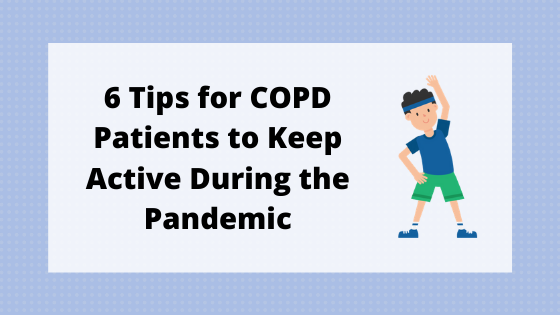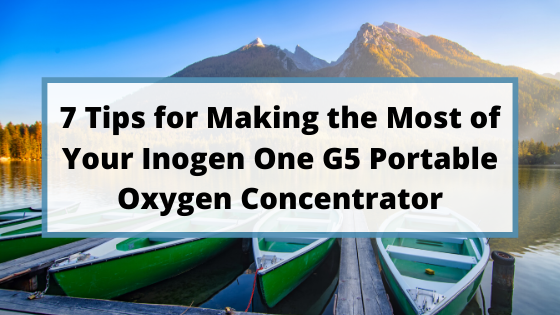Respiratory Resource Center - LPT Medical
6 Tips for COPD Patients to Keep Active During the Pandemic
The past several months have been challenging for many...
Read More7 Tips for Making the Most of Your Inogen One G5 Portable Oxygen Concentrator
In this day and age, convenience and reliability are...
Read More


